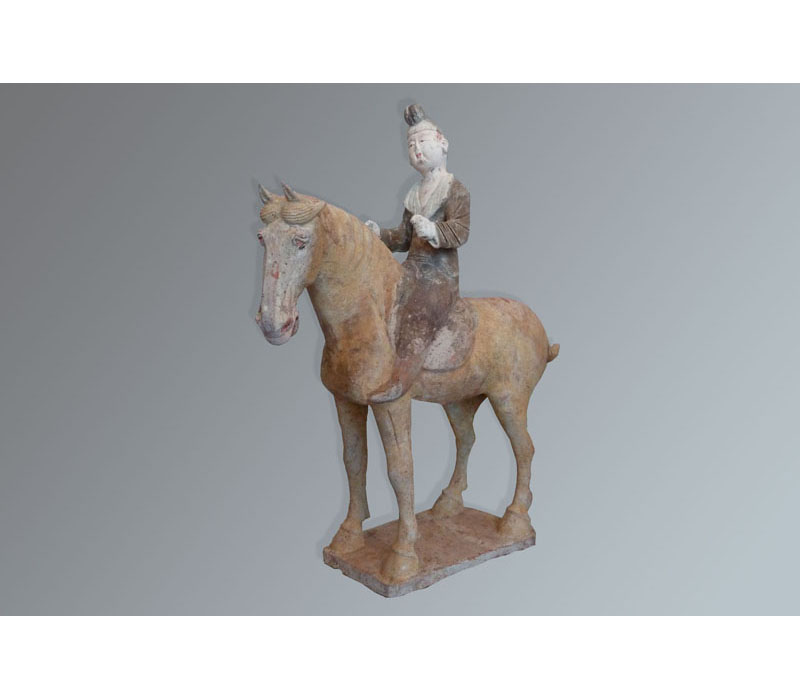The analysis of artworks made of ceramics or glass consist first in the study of the matrix: the distribution of the grains in a porcelain, in a clay preparation, etc.
Elemental analyzes (e.g ICP-MS, ICP-AES, EDS, XRF, …) are mainly used to characterize the major elements (silica, fluxes, modifiers), minors (e.g. coloring oxides) and trace elements.
The different imaging techniques (e.g multispectral, X-Ray, …) can also be used to highlight the conservation status in the bulk of the object (repairs, additions) or at the surface (recent patina, …).
Dating: The materials used for surface colouring or for bulk colouring of these artworks can be used to indirectly date the manufacturing of the object and point out any incoherence in the presumed period.
Direct dating methods are also possible on these types of material. Thermoluminescence on heated or cooked luminescent material or, isotopic techniques such as traces of fission (U238/U235).
The results of these analyzes will help the scientist, the curator or the restorer in his choice for authentication, attribution or dating; but they will also help to take proper action for the conservation or restoration of ceramics and glasses artworks.
- Works of Art analyzed
ŒuvresEgyptian and Roman archaeological glasses and faiences artefacts (Private Coll.), stained-glass from the cathedral du Mans and from Reims, stained-glass from “la Sainte Chapelle” (Paris), objects manufactured by Emile Gallé, Tiffany’s and Daum, etc.
- Examples of completed projects
Non-invasive characterisation of the work of the “Art Nouveau glassmaker” Emile Gallé (1846-1904) (musée de l’Ecole de Nancy), 2010-act.
- Publications
1) An investigation of the feasibility of applying Raman Microscopy to exploring stained glass in Art and Archæology, Spectrochimica Acta, 68, 1101-1113 (2007).
2) Les vitraux : composition et altérations. Fiches in Archéologia, 375, 67-72.









